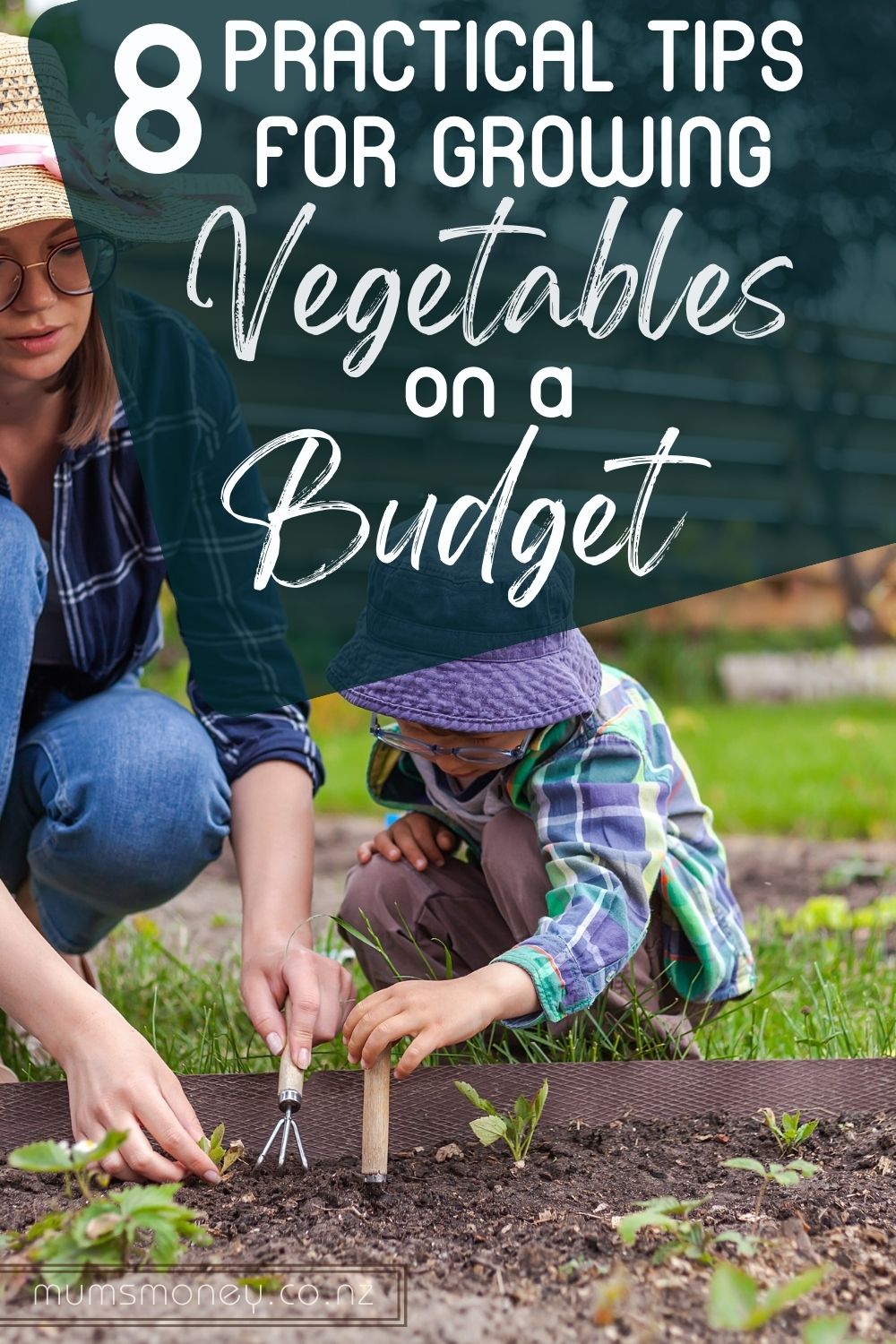My name is Sarah, and I’m going to share some tips to save money by easily growing your own veggies.
My wake-up call with money came when I added up the debts that we had and then worked out how long and hard we’d be working in order to pay them off.
At that point, we made drastic changes to our lives, significantly reduced our outgoings, and set us on the path to paying off our mortgage 15 years early.
One of the changes was to start growing our own vegetables.
No hassle, no big expenditure and it’s something the whole family can get involved in.
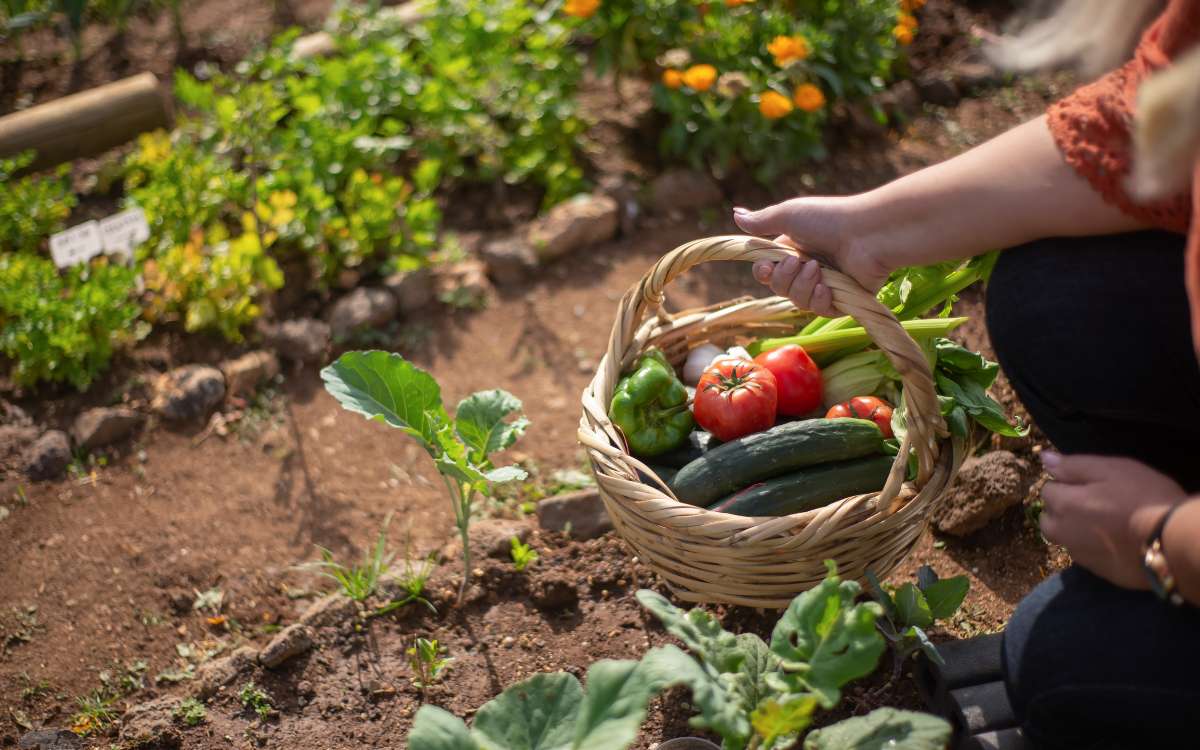
Growing the RIGHT vegetables yourself is a great way to engage the whole family in both an activity and a way to make your food (and entertainment) budget go further.
You don’t need to spend hours doing this, you don’t need an enormous garden and importantly you don’t need to spend a fortune to get started.
These tips will help get you started saving money quickly and with the least effort.
Start with Your Food Shopping List
The easiest way to ensure that growing vegetables becomes a sustainable habit in your household is to introduce it in a frictionless way.
So first of all look at replacing what it is that you buy from your grocery store.
Making wholesale changes to your diet and meal plans might be a long term plan, but set yourself up for success and go for the best bang for your buck in the quickest time.
So take a look at the veggies on your regular shopping list and ask yourself if you can grow these.
This also means that you’re going to be growing vegetables that you’re going to eat.
There is no point whatsoever putting the time and effort into growing vegetables that you and the family don’t like and won’t eat!
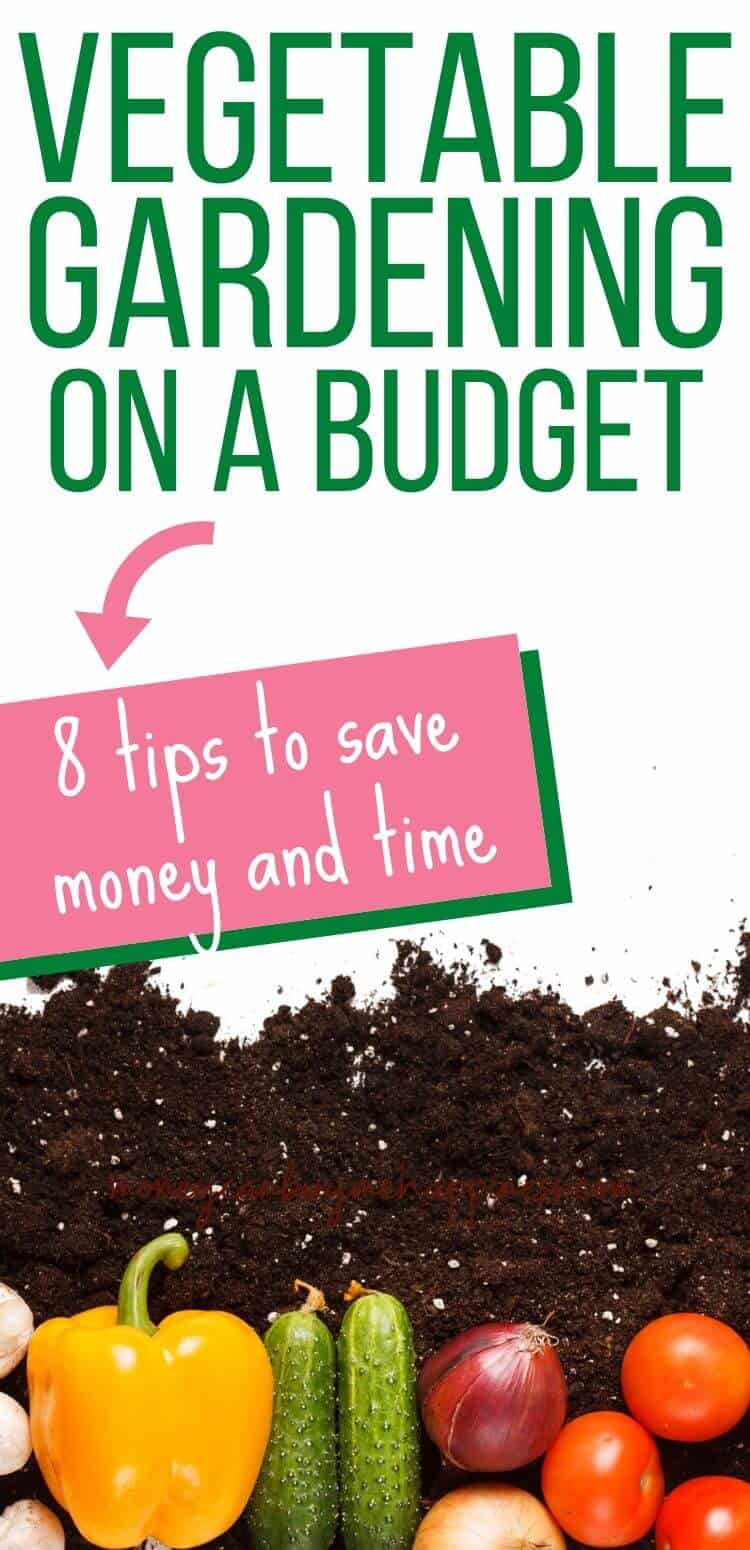
Pick Vegetables that are Quick to Grow
One of the best ways to maintain enthusiasm for growing your own vegetables is to see quick results.
You’ll not only get inspiration from quick results, but it will mean that you’ll start saving money quicker too!
So – taking your shopping list into account – think about these quick-growing vegetables that will get you started sooner!
- Salad Leaves go from seed to leaf in about 21 days
- Spinach goes from seed to harvest in about 28 day
- Carrots go from sowing the seeds to harvest in 50 days
- Cress germinates and can be eaten within 2 or 3 days
- Baby Kale grows enough to harvest in 30 days
- Baby Beetroot will be ready to cook and eat in 35 days – and you can include the leaves in your salads, too!
- Turnips can mature in as little as 35 days
Get Started By Not Spending Much At All
You don’t need a huge garden or a big investment in raised beds or fancy containers to get started saving money by growing your own vegetables.
You just need a little ingenuity.
Assuming you have some outside space, you likely have a spare plant pot or two.
If you don’t, then don’t worry. You don’t need to spend a fortune to get started.
Here are some suggestions on how to get the right stuff to get started
- Use an old bucket or an old washing-up bowl to grow vegetables. Don’t forget to drill some drainage holes.
- It is REALLY easy just to grow salad leaves or tomatoes straight into a grow bag or bag of compost. No need for specific containers.
- It’s much easier to grow potatoes in bags rather than digging them into the ground. You can buy specific potato bags or use old compost bags.
- You don’t need many seeds to get started. One packet per veggie. We made the mistake in our first year of growing vegetables of UNDERestimating failure rates. We ended up growing 480 tomatoes to eat between my husband and me (!).
Don’t Scrimp on Compost
If you’re going to start by growing veggies in bags, grow bags and containers and using compost, then we recommend not scrimping.
We grew ALL of our first-year potatoes, tomatoes, chillies and salad leaves in boxes, containers and bags in our tiny backyard.
You don’t need to spend a fortune but remember that the veggies you grow need to get food and nutrients from somewhere to pass those nutrients onto you.
The best compost for growing veggies will contain slow-release nutrients to help with their growth.
Be aware, if you’re growing veggies in containers, bags and boxes, that you REALLY need to keep an eye on them, especially when vegetables or fruits in the case of tomatoes appear, as they DRINK the water down quickly!
Grow Vegetables that are expensive to buy.
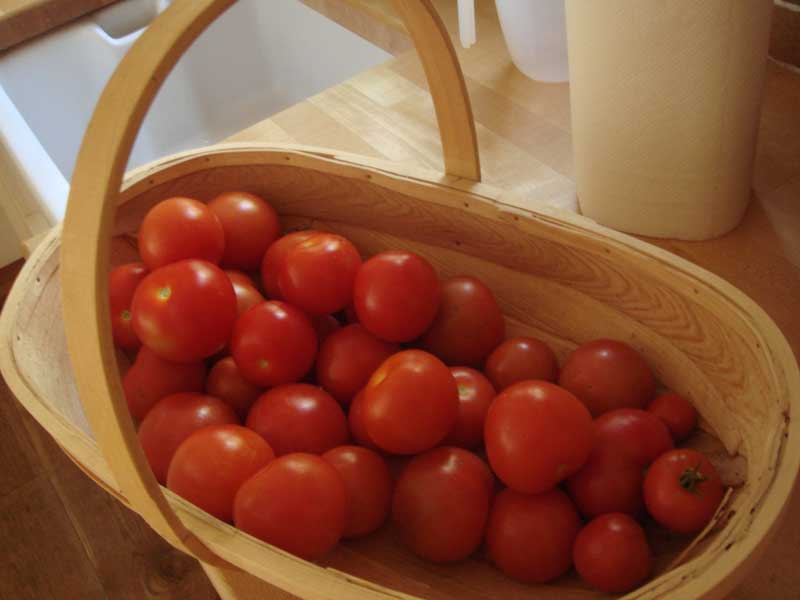
You’ll save MORE money by growing vegetables that are expensive to buy.
Let’s use the example of salad leaves because they’re not only quick to grow but also usually expensive to buy.
We would normally have to buy two bags of salad leaves a week for our family of two.
A bag of salad leaf SEEDS will deliver you the same as 24 bags of salad from the supermarket.
That’s a cue for us to reach for the calculator.
A regular packet of seeds costs less than a single bag of salad leaves.
If you grow your salad leaves in batches or sow successively – i.e. plant one or two a week, then you’ll get a succession of salad leaves to drip-feed into your diet!
I LOVE fresh tomatoes, but good ones at the grocery store are expensive.
So consider this. A single tomato seed can grow a plant that delivers between 40 and 70 fruits.
A packet of tomato seeds contains about 10 seeds and costs less than buying 6 tomatoes from the grocery store, a great saving on your grocery bill.
Pick Vegetables that are easy to grow
Life is hard enough as it is, so don’t make it harder.
Make sure you pick veggies that are also easy to grow and don’t need much maintenance, time or effort.
Potatoes are seriously easy to grow vegetables, especially in bags; just keep topping up the compost as the tubers appear.
Beans, Peas and salad leaves are also easy to grow.
And, while you’ll need to make sure you keep them watered, I’m sure if I can grow 480 tomatoes in my first year with a zero seed-to-plant failure rate, then tomatoes can’t be that hard either!!
Growing Potatoes and Courgettes will Help You Save Money
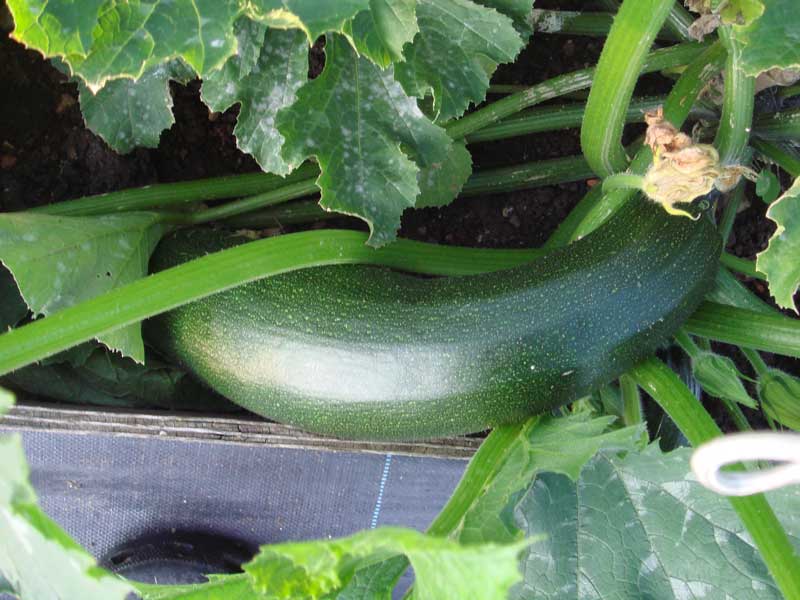
Potatoes and Courgettes (or Zucchini, depending on where you live) are both easy to grow, and while they won’t save you a huge amount of money, they will likely change how you view recipes, your diet and purchasing habits.
Both of these vegetables are great substitutes for more expensive elements of meals, like meat (substituting meat for is one of my top frugal living tips).
They’re great for bulking out meals, and potatoes especially are easy to store for the long term.
Courgettes are prolific growers; be seriously wary as to how many you actually grow.
They seem to double in size overnight if not harvested, but you can use them in many recipes, substitute them for spaghetti, and use them to great fabulous gifts (trust me, I’ll cover that next!)
Home Grown Vegetables Make Great Gifts
Its always good to have a plan of what to do with excess harvested vegetables.
Potatoes will store easily; fresh tomatoes, salad leaves and courgettes not so much.
One thing you’ll learn with your vegetable growing is that your friends and family will love you for sharing.
And what an awesome present it is to be able to deliver when you can take around a regular fresh homegrown veggie box.
But don’t stop there. Excess tomatoes can become tomato passata, sauce, soups, and chutneys.
Courgettes make awesome relishes and chutneys, and these make the most fabulous personalised Christmas gifts.
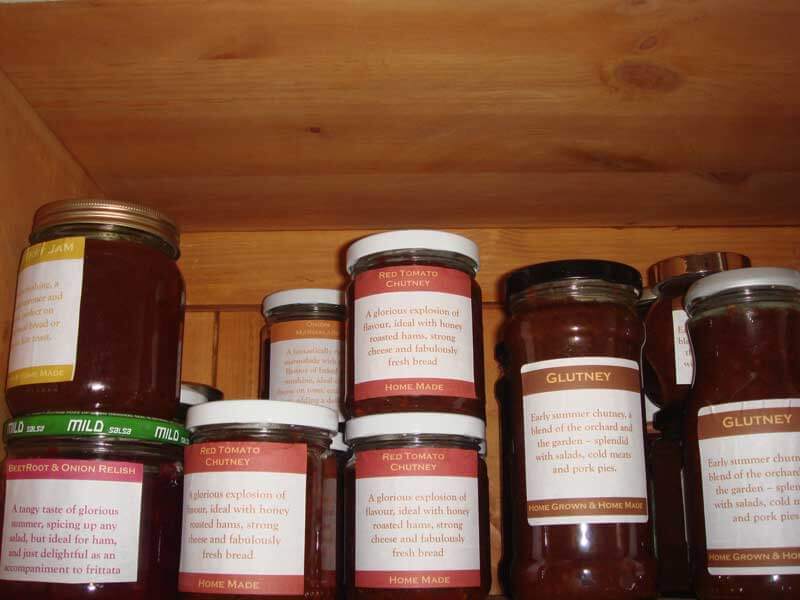
Realising the Benefits of Growing Your Own Vegetables
There are a lot of benefits to growing your own vegetables, from saving money to uniting the whole family in an activity that benefits diet, well-being and your budget.
We hope these tips to get you started in the most economical and efficient way will move you to your first harvest quickly and effectively.
Once you have had your first successes and harvest, it’s easy to expand the vegetables you grow at home.
Once you taste homegrown tomatoes, it is REALLY hard to go back to the grocery store; they’re just not the same.
When you grow in confidence, I recommend growing sweetcorn; eating it within an hour of it being harvested is like nothing else on earth.
Peas eaten directly from the pods are the sweetest thing ever. Taking an onion that you’ve grown yourself from a store cupboard several months later is a very satisfying feeling.
And when it comes to those gifts that I mentioned, well, my family are ALWAYS asking when I’ll next be making chutney (they don’t want to wait for Christmas!)
About the Author: Sarah Carter first discovered the taste and financial benefits of growing her own herbs and vegetables 11 years ago. In her first year, she grew 480 tomatoes and learned that you need to learn to be creative in preserving surplus harvest too. At LetsGrowCook, she writes about not only growing vegetables but what to do with them too.
